Rupa Ashok Hurra vs Ashok Hurra and Anr.
- ByPravleen Kaur --
- 03 May 2025 --
- 0 Comments
I. Introduction
The Supreme Court of India, being the apex judicial institution, is entrusted with the responsibility of upholding the principles of justice and equity. However, in exceptional circumstances, the Court may reconsider its own judgments to rectify manifest injustice or prevent abuse of the judicial process. This delicate balance between finality and the pursuit of justice is a cornerstone of the Indian legal system.
II. The Doctrine of Ex Debito Justitiae
The doctrine of ex debito justitiae, which translates to "by debt of justice," is a fundamental principle that guides the Supreme Court's approach to reconsideration of its judgments. This doctrine recognizes the Court's inherent power to correct errors and prevent miscarriages of justice, even in the absence of specific statutory provisions. The rationale behind this doctrine is the belief that the administration of justice should take precedence over procedural technicalities. (Paragraph 1)
III. Limitations on Challenging Supreme Court Judgments
While the Supreme Court possesses the power to reconsider its judgments, there are certain limitations on the mechanisms through which such reconsideration can be sought. The Court has consistently held that a judgment or order passed by it cannot be challenged through a petition under Article 32 of the Constitution, which deals with the enforcement of fundamental rights. (Paragraph 12) This principle has been reiterated in several cases, including Naresh Shridhar Mirajkar and Ors. v. State of Maharashtra and Anr., A.R. Antulay v. R.S. Nayak and Anr., Smt. Triveniben v. State of Gujarat, and Ajit Kumar Barat v. Secretary Indian Tea Association and Ors. (Paragraph 1)
IV. The Curative Petition: A Rare Remedy
To address the need for reconsideration in exceptional cases, the Supreme Court has established the mechanism of a curative petition. This petition can be filed after the dismissal of a review petition, provided that specific grounds are met. The petitioner must demonstrate that there has been a violation of the principles of natural justice or that the judge presiding over the case was biased. (Paragraph 3)
The curative petition process is stringent and involves several safeguards. The petition must be certified by a Senior Advocate, and it is initially circulated to a Bench of the three senior-most judges and the judges who passed the original judgment. (Paragraph 4) If a majority of the judges on the Bench conclude that the matter requires a hearing, it is listed before the same Bench. The Bench may also appoint a senior counsel as amicus curiae (friend of the court) and impose costs on the petitioner if the petition is found to be without merit or vexatious. (Paragraph 5)
V. The Principle of Finality and Precedent
While the Supreme Court acknowledges its power to reconsider judgments, it also recognizes the importance of finality and precedent in the legal system. The Court has emphasized that the power to overrule previous decisions should be exercised sparingly to avoid confusion and instability in the law. (Paragraph 56) The Court must be satisfied that the previous decision was clearly erroneous before overruling it, as the finality and precedent set by the Supreme Court should not be easily challenged.
VI. Conclusion
The Supreme Court's approach to reconsidering its judgments reflects a delicate balance between upholding the principles of justice and maintaining the integrity of the judicial system. While the Court possesses the inherent power to correct errors and prevent miscarriages of justice, it exercises this power with utmost caution and circumspection. The curative petition mechanism, coupled with the Court's adherence to the principles of finality and precedent, ensures that the pursuit of justice is tempered by the need for consistency and certainty in the law.


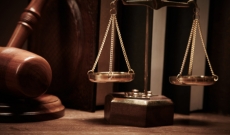
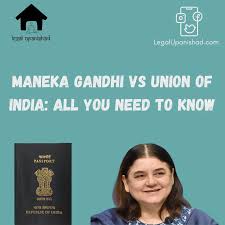
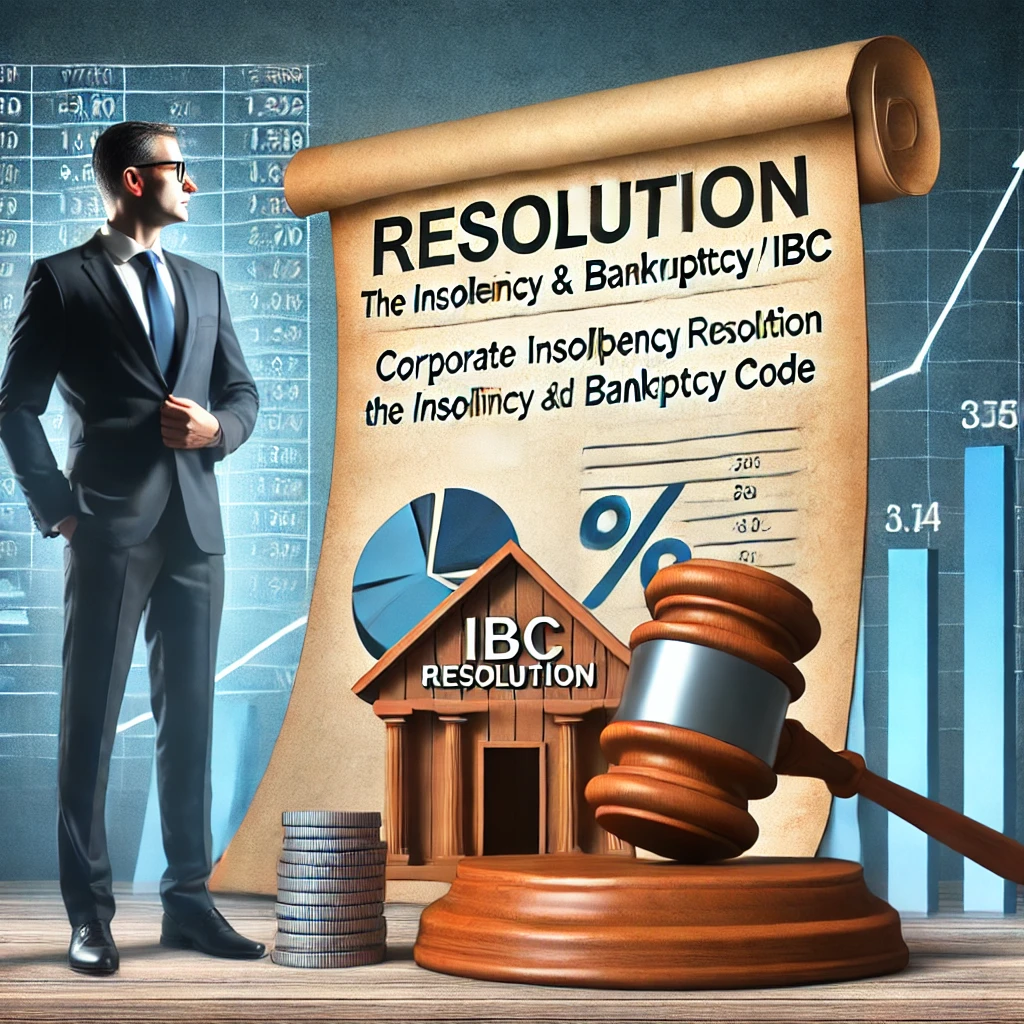

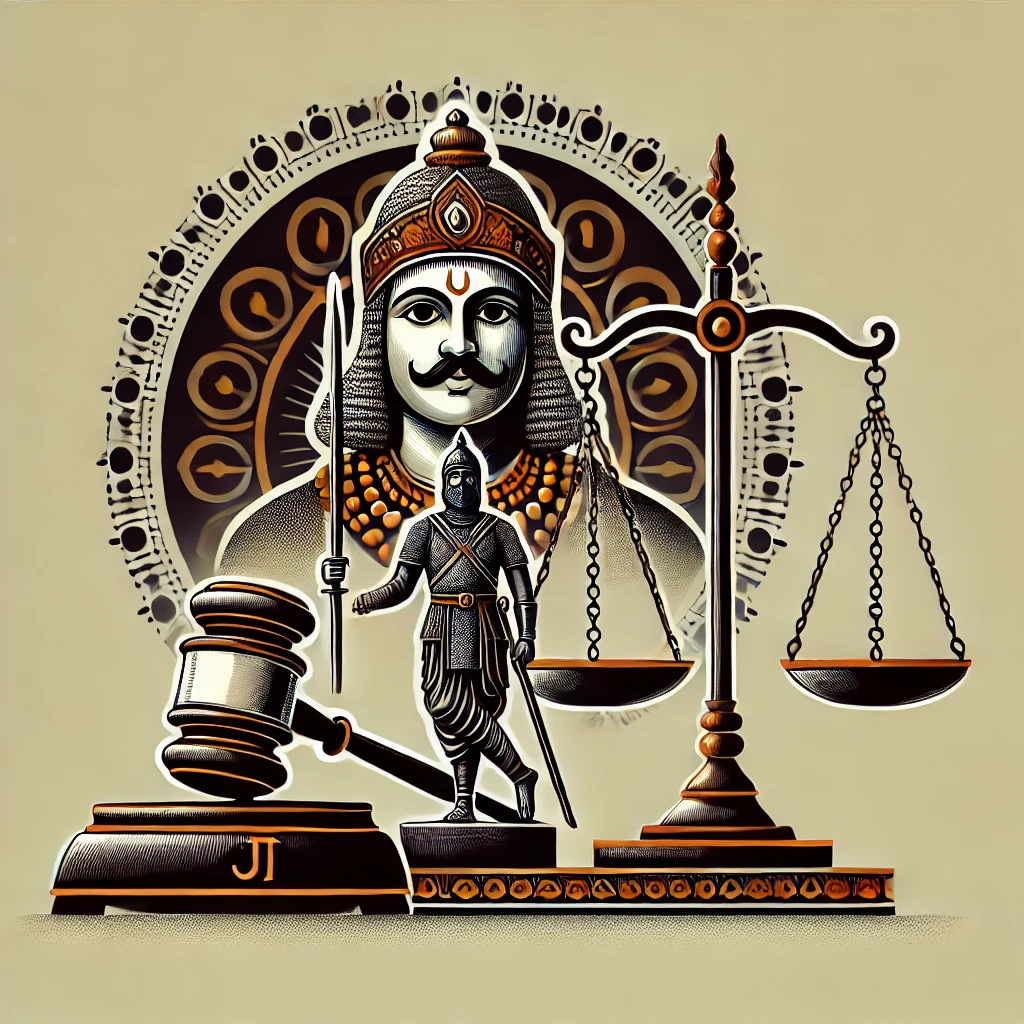

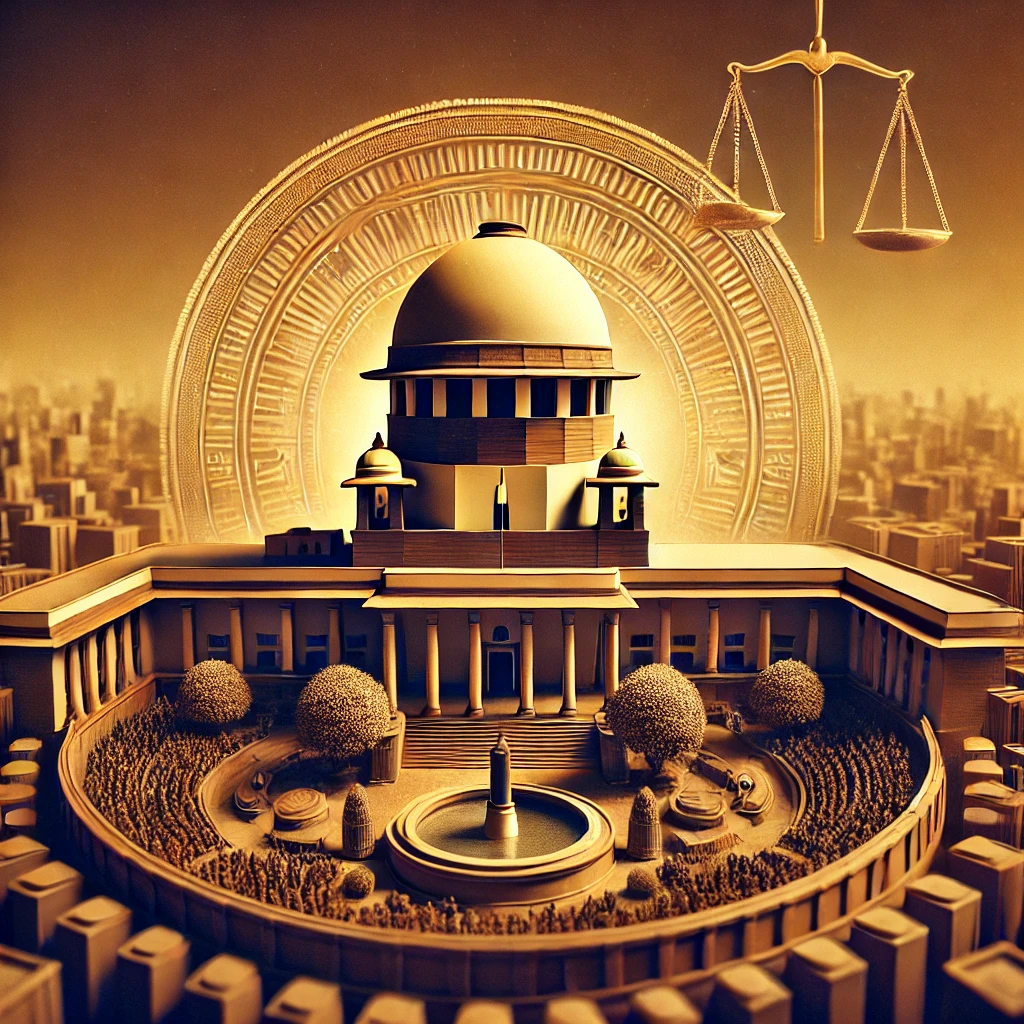
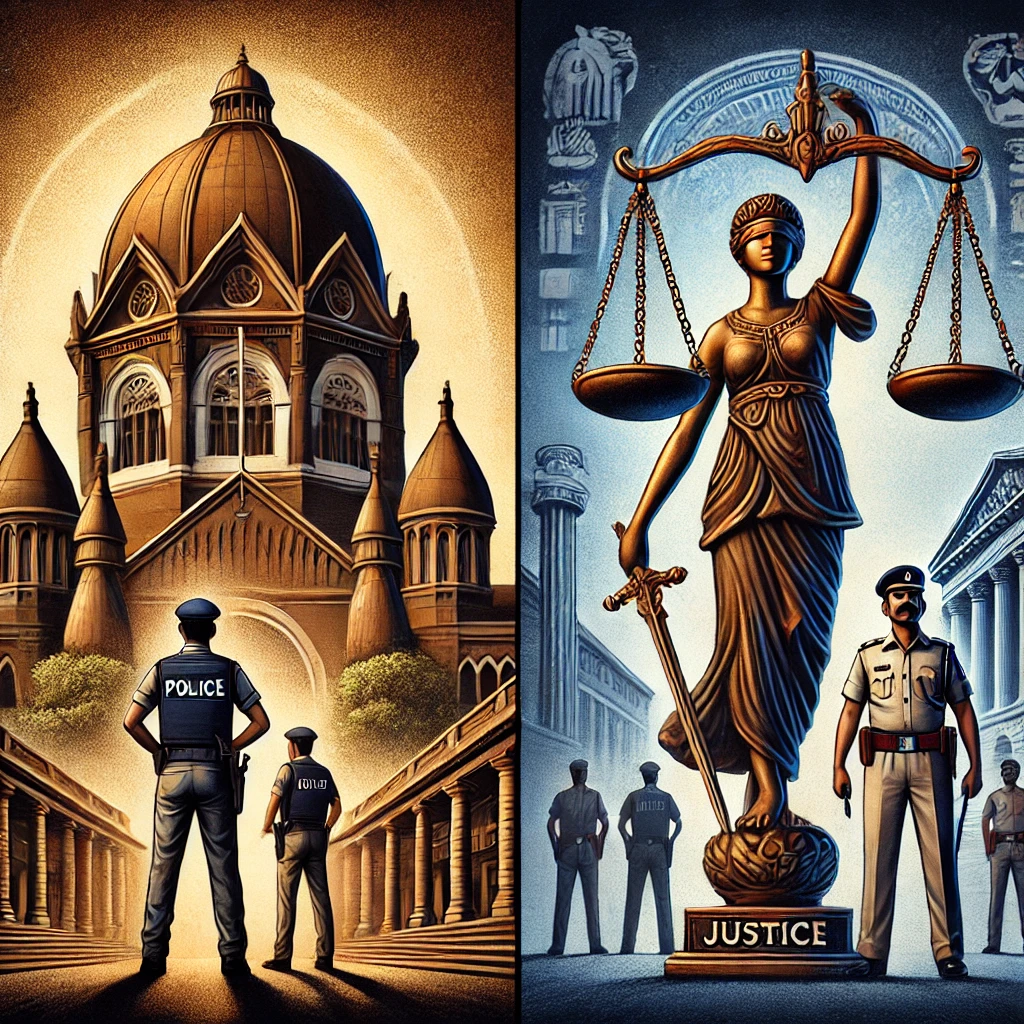







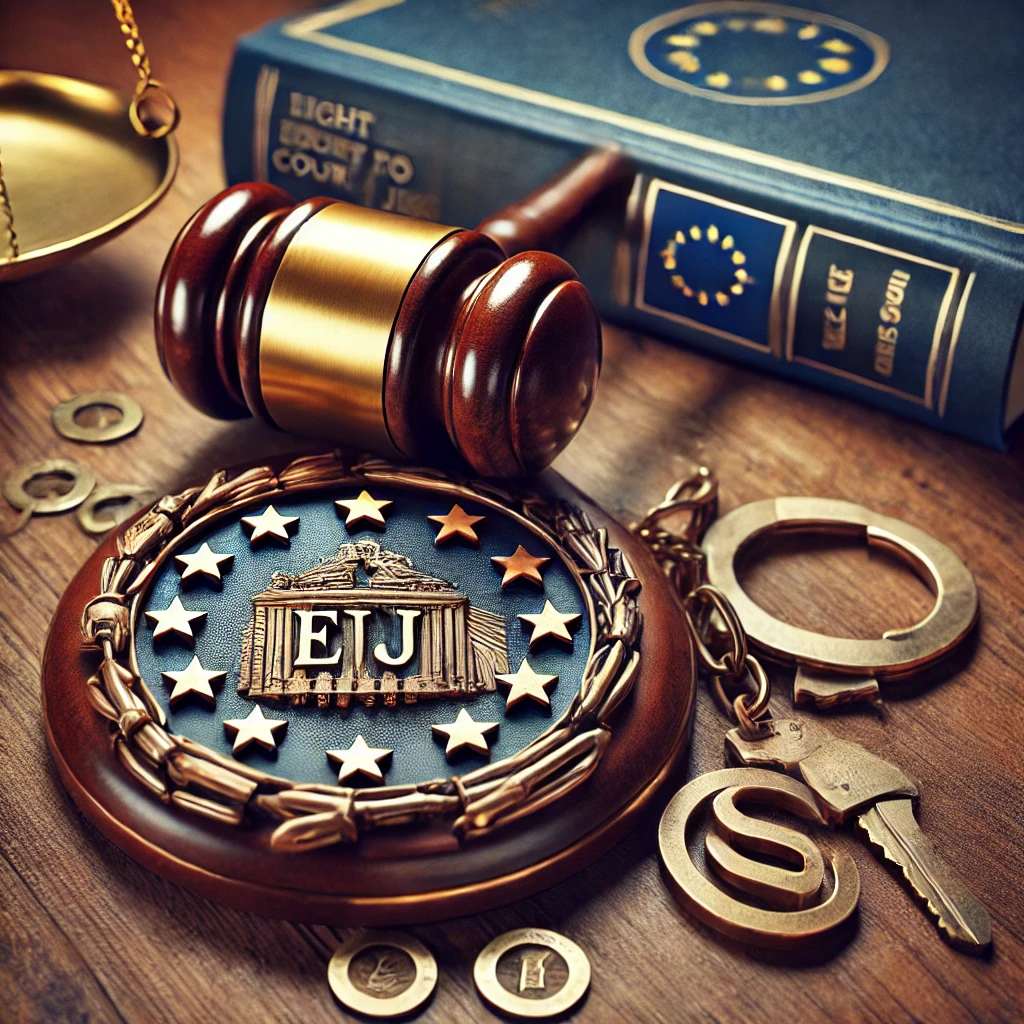

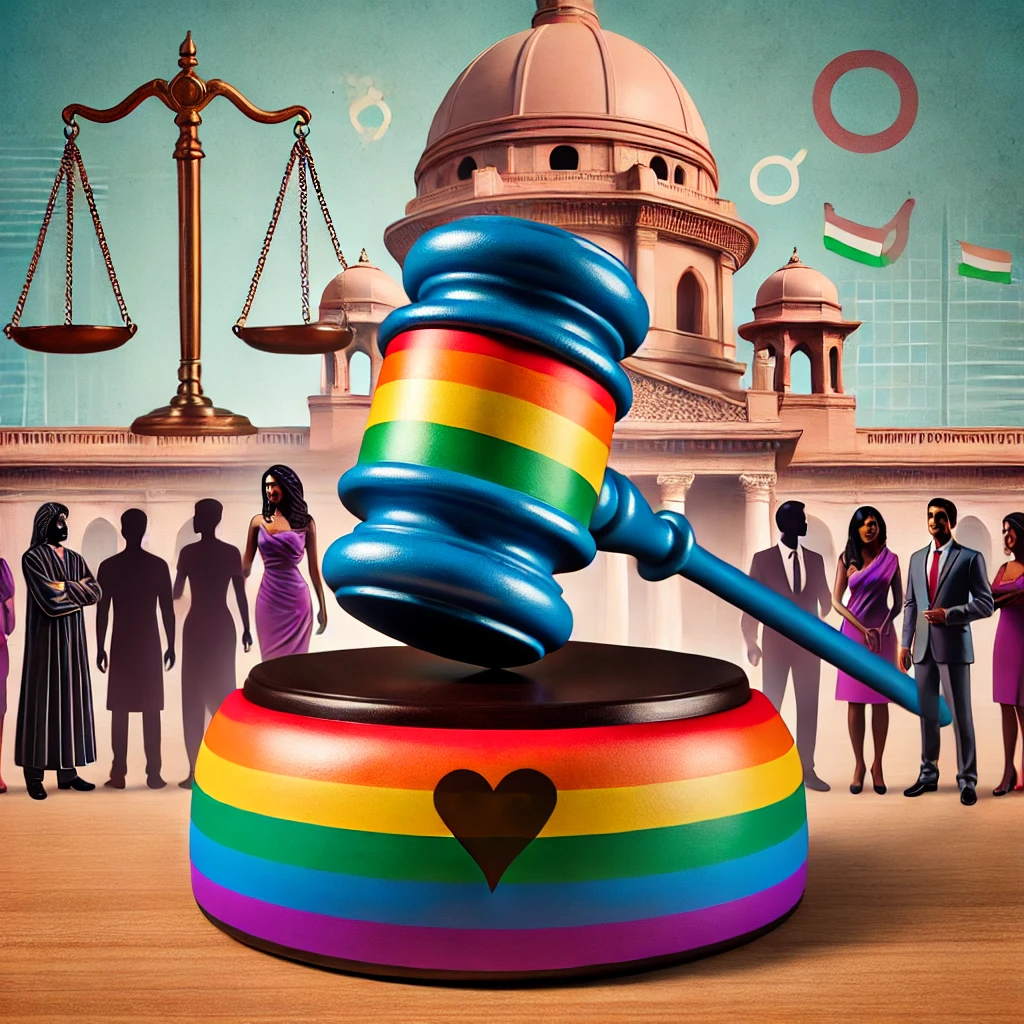


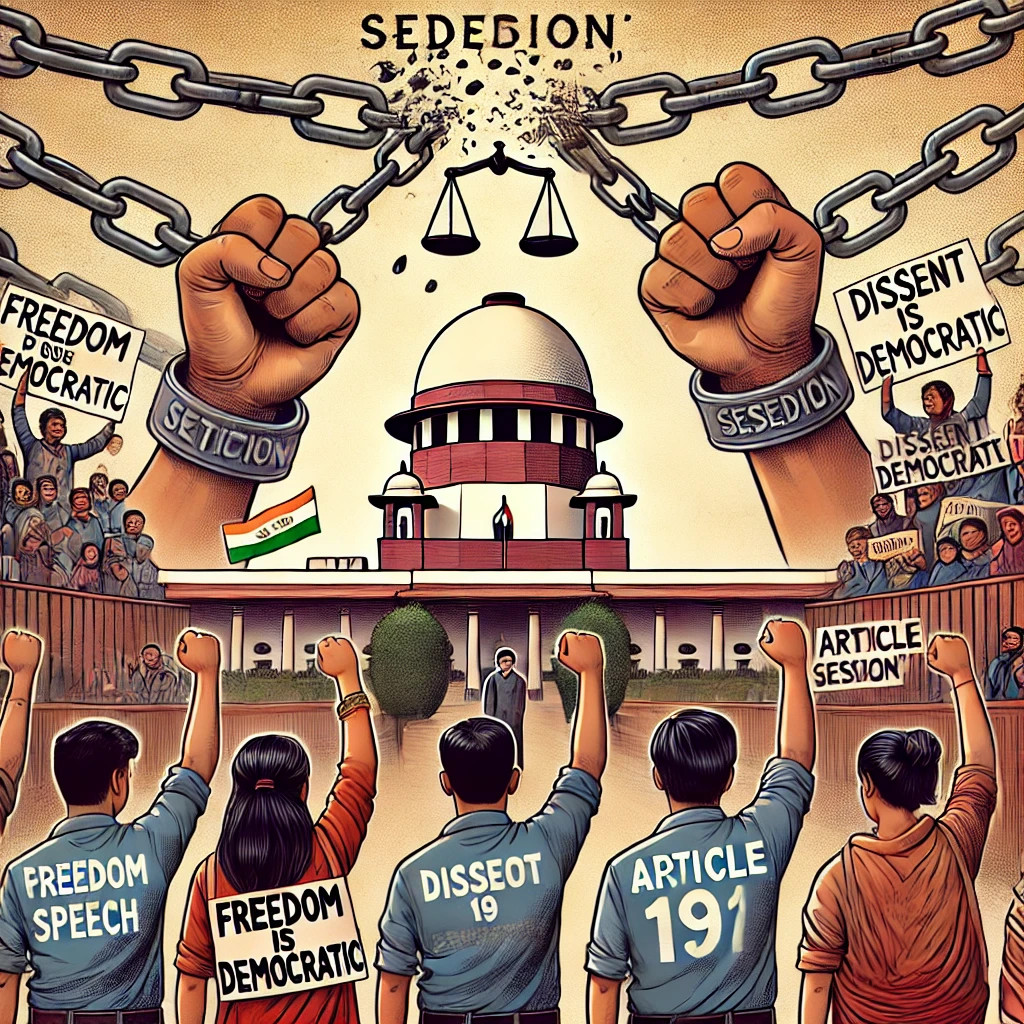







0 comments